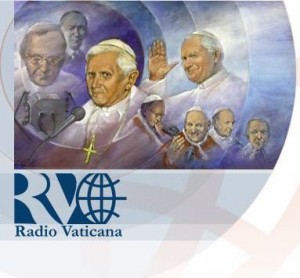Many thanks to SWLing Post contributor Andrea Borgnino who shares this item from the National Catholic Register:
[O]n December 31, 2016, after more than 80 years of operation, Vatican Radio is being absorbed into the new Secretariat for Communications. The move is part of Pope Francis’ reorganization of Curial offices, and is intended to make better use of the Vatican’s limited financial resources. According to Catholic World News, broadcasting programs will continue—at least for the near-term future—but Vatican Radio will no longer have its own corporate identity.
Today, Vatican Radio employs a staff of 355 representing 59 nationalities, mostly lay people, who together produce more than 66 hours of daily programming (24,117 hours annually). There are currently 45 languages used on air, and 38 languages on the website. Programs are broadcast via short wave, medium wave, FM and satellite.
In recent years, Vatican Radio has experimented with digital transmission technologies (DRM, T-DAB, T-DMB). Their news reports and bulletins have been widely distributed through newsletters, podcasts, audio and video, paving the way to a Web TV. Vatican Radio and CTV began their own YouTube channel in 2010, operating in four languages, and on Twitter (6 channels).
Today with the reform of Vatican communications operations, Vatican Radio director Msgr. Dario Vigano has indicated that he plans to pare down short-wave radio operations. Other broadcasts will continue, but with an eye to controlling costs: Vatican Radio has been losing between €20 and €30 million ($21 – $31.5 million) annually.[…]

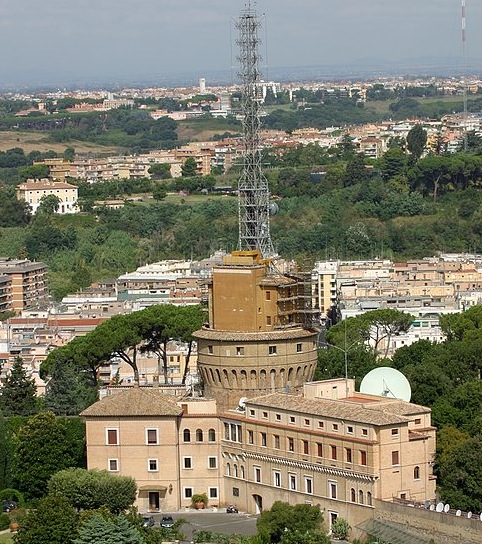
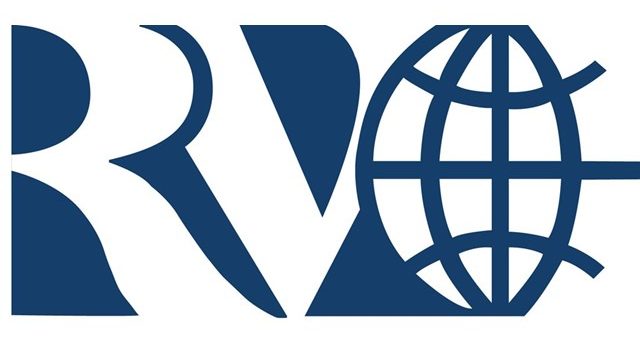

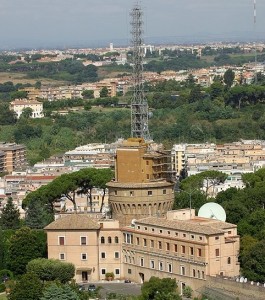
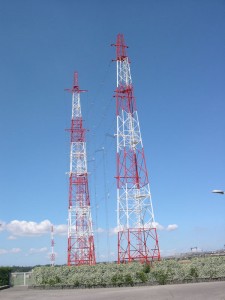 Thanks to SWLing Post reader, Mike, for the tip:
Thanks to SWLing Post reader, Mike, for the tip: